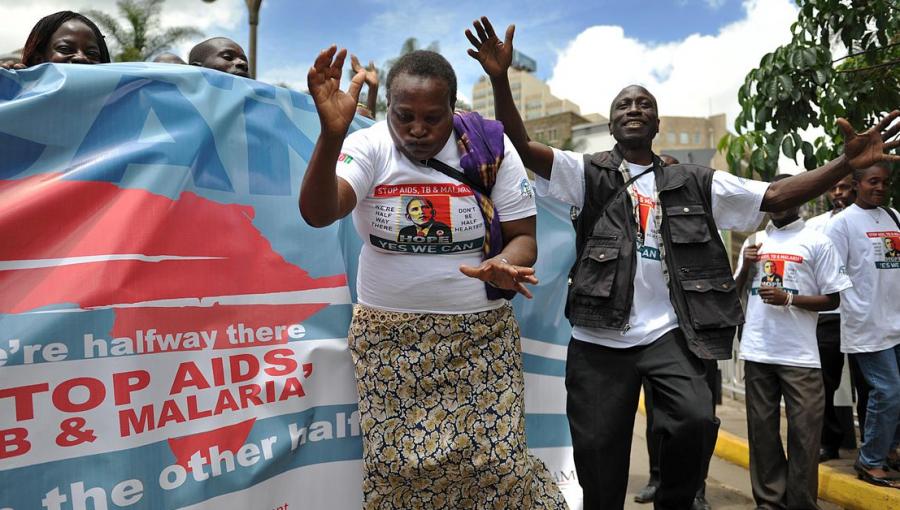Basic Obstacles in Gathering Disintegrated Data
By :
Notice: Trying to get property 'fName' of non-object in /home/u589520015/domains/observerdawn.com/public_html/module/Application/view/application/index/news.phtml on line 23
Notice: Trying to get property 'lName' of non-object in /home/u589520015/domains/observerdawn.com/public_html/module/Application/view/application/index/news.phtml on line 23

In
spite of the recent development, the lack of separated data remains an
important challenge across the world. The recent data is not enough in many
countries to look into the health disparities & assess the situation of
vulnerable populations.
As per the WHO’s recent SCORE global
report of the year 2020, merely a half of nations comprised separated data in
their national health statistics reports. These could mask the struggles of
susceptible groups and people living in specific areas deceptive efforts of the
policymakers to allocate resources effectively & prioritize interference
properly.
Essential investments and joint efforts
are required to make the health information systems stronger in countries.
Particularly, the capability to create high-quality, timely, reliable &
separated data is significant for recognizing the health disparities to inform
well focused and effective decision-making. Although, the WHO gathered
Coronavirus cases and the data related to deaths from the member states,
between January 2020 & April 2021, only 41 out of 236 countries,
territories (17%) reported sex-disparities data for almost 95% of cases.
Altogether 72 nations (30%) reported sex-disparities for about 70% of cases.
Worldwide, sex-disparities data has been reported for more than half of all the
cases i.e. 51%. This percentage has grown up over the past couple of months,
showing the improvement of surveillance & reporting. In absence of
disaggregated Coronavirus data with respect to income, education, sex, age,
race, ethnicity, migratory status, disability, geographic location & other
characteristics, limits the growth of more effective and better-targeted
policies & the data-driven distribution of resources. While nations
reported more separated data during the starting of the pandemic, but it
decreased over the time. The WHO’s SCORE for Health Data Technical Package
provides an important solution for countries to generate, analyze & utilize
data to inform policy and actions. This could serve as a direction for the
countries to invest in the regions that are most influential.
In short, it may be summed up as the entire world has witnessed a major gain between the years 2019 and 2000 that finally resulted in the growth in life expectancy and healthy life expectancy at birth, with the fastest developments in low income nations, showing predominantly the amazing development made in dipping child mortality & significant communicable diseases. There may be a constant decline in mortality from suicide, homicide, unintentional poisoning & road traffic with men at higher risk of dying due to injuries across the world. But right from February 2020, the Coronavirus pandemic has threatened to disrupt the growth made towards the SDGs in the past two decades, whereas the highlighting disparities in health sector in a particular nation and between two or more nations. Tracing any modifications in health-related displays is essential, in almost all fronts, to recognize, where investments could be more impactful for growing population health & undertaking the actual reasons of partialities, putting inclusiveness & impartiality at the core of all recovery rejoinders to create an impartial, stronger world. As the time passed, the various nations required to double down on the investment in their health information systems to better organize for future epidemics & make it sure quick progress towards finding the Triple Billion targets by 2023 & the health-related SDGs by the year 2030.
